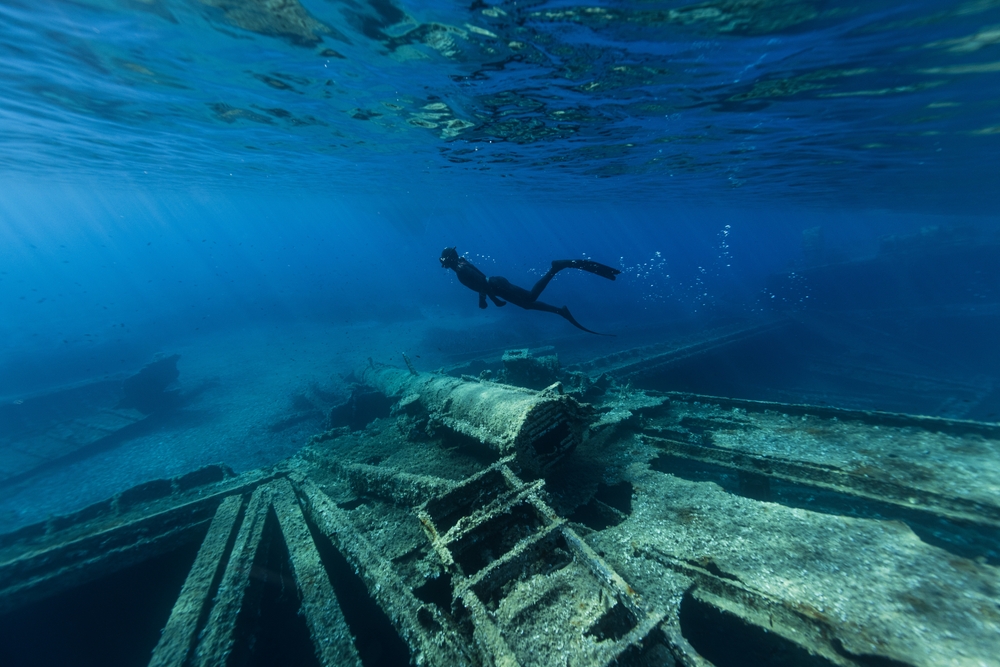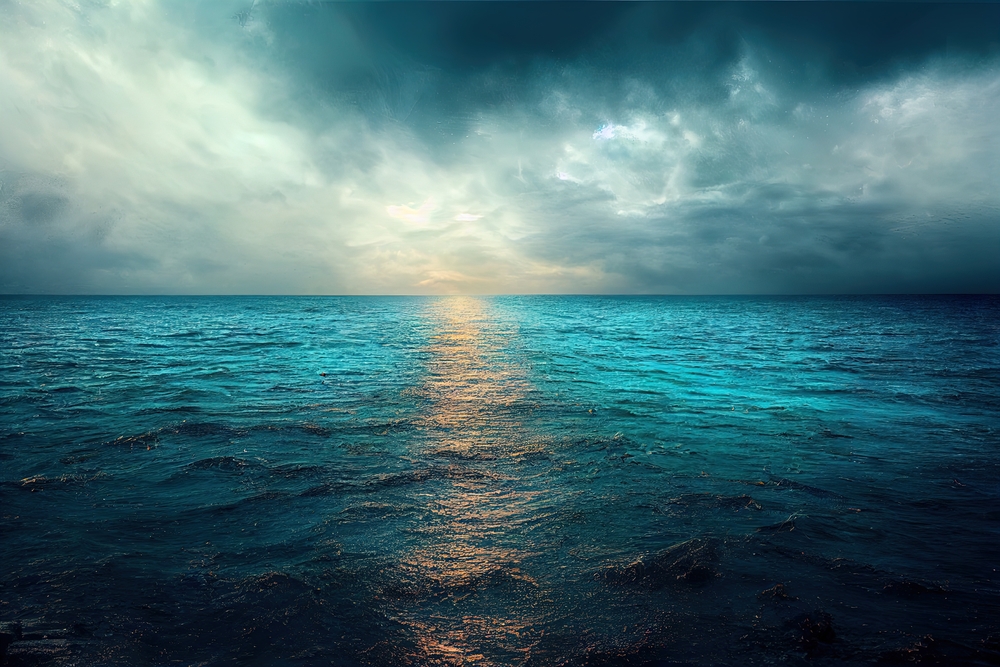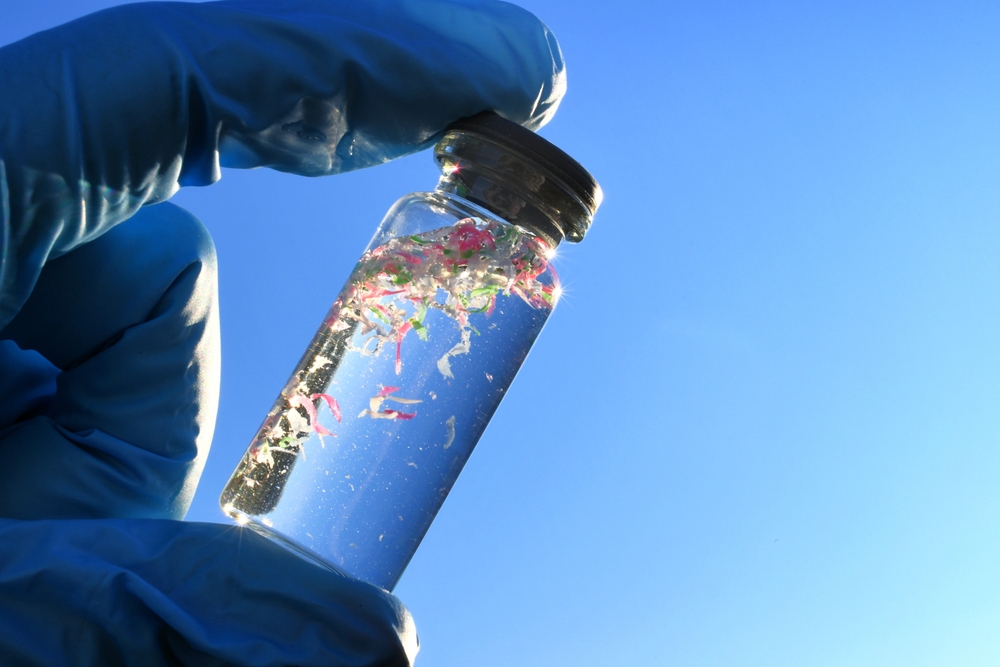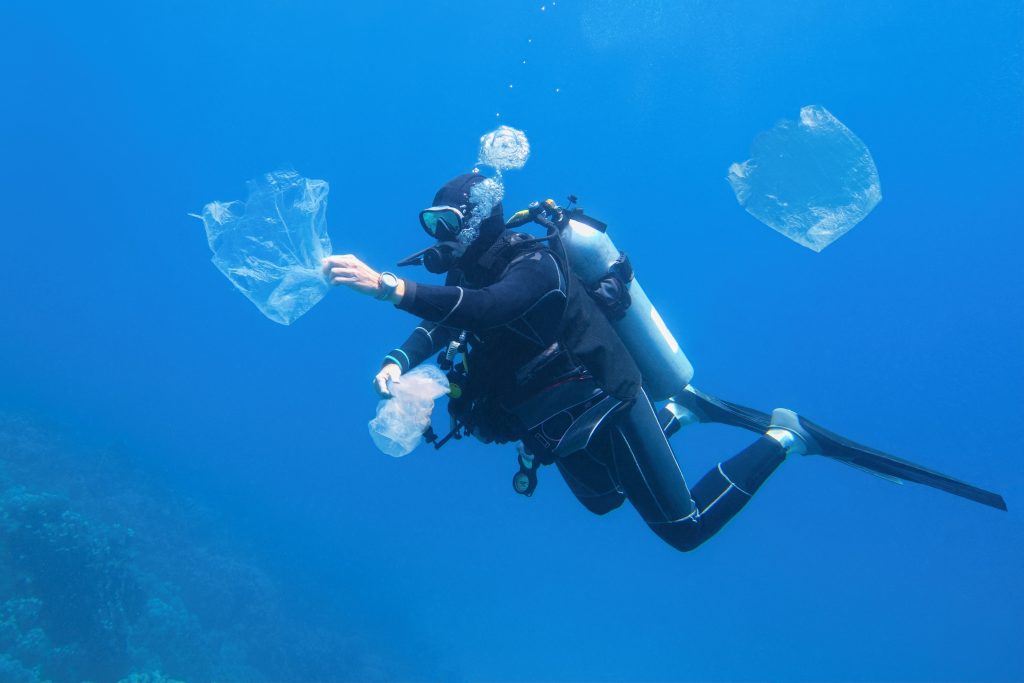Your cart is currently empty!
Argentina Leads Deep Sea Mission Revealing Oceanic Life Unknown To Science

Two miles beneath the Atlantic waves, far off the coast of Argentina, the world’s most flamboyant crustaceans have stolen the spotlight. A recent expedition into the Mar del Plata Canyon a vast underwater chasm twice as deep as the Grand Canyon has turned up a treasure trove of bizarre and beautiful life. Among the discoveries: pastel-pink lobsters that look straight out of Barbie’s Dreamhouse, ghostly squids that seem to defy anatomy, and a portly sea star that social media instantly dubbed “Patrick Star IRL.”
But behind the whimsy lies a profound scientific milestone. For the first time, researchers have peered into one of the South Atlantic’s least explored ecosystems with the aid of cutting-edge robotics. The Schmidt Ocean Institute’s remotely operated vehicle (ROV) SuBastian, guided from aboard the research vessel Falkor (too), descended more than 11,000 feet into the abyss, revealing habitats and species previously invisible to science. Over the course of a three-week expedition, the international team led by Argentine marine biologist Dr. Daniel Lauretta documented over forty organisms that may represent entirely new species.
The findings are more than a colorful curiosity. They offer a rare glimpse into a world that could transform our understanding of deep-sea biodiversity and highlight the growing need to protect fragile ecosystems hidden beneath miles of ocean pressure.
The Hidden World Beneath the Waves
The Mar del Plata Canyon cuts into the continental shelf about 190 miles off Argentina’s northeastern coast. Its steep, riverlike walls plunge nearly 3,500 meters (11,483 feet) below the surface. This underwater gorge is sculpted by the meeting of two powerful currents: the warm, saline Brazil Current flowing down from the tropics and the cold, nutrient-rich Malvinas Current rising from Antarctica. The collision creates one of the most energetic oceanic regions on Earth, swirling with eddies and upwellings that concentrate life and shape unique ecological zones.
Until recently, scientists could only guess at what existed at such depths. Earlier expeditions in 2012 and 2013 collected hints of deep-sea life using trawls and nets, but those crude tools ripped animals from their habitat and revealed little about how they lived. This new journey marked a technological and philosophical leap forward. With ROV SuBastian’s high-definition cameras, delicate manipulator arms, and sampling tools, researchers could observe animals undisturbed in their natural surroundings. They captured not just specimens but stories intimate moments of survival and adaptation unfolding in real time.

One of the canyon’s most captivating sights was the so-called “Beet Field,” a crimson plain blanketed by spidery red octocorals. In another corner, a mother octopus guarded her eggs in a quiet coral alcove, surrounded by blushing lobsters and glittering jellyfish. The researchers described the scene as a “deep-sea Barbie Wonderland,” where soft pinks, oranges, and reds danced under the glow of the ROV’s lights.
These colors aren’t for show. In the pitch-dark depths, red light disappears first, rendering red or pink creatures nearly invisible. What looks flamboyant to us is perfect camouflage to them a subtle reminder that beauty in nature often serves the pragmatic purpose of survival.
A Symphony of Life in the Dark

The canyon floor proved to be a thriving metropolis of marine oddities. The scientists’ cameras recorded delicate anemones waving like underwater flowers, translucent squids with hornlike arm clusters, and crab colonies clinging to coral spires. The most charming discovery, though, was the pastel-pink Patagonian lobsterette (Thymops birsteini), seen gathering in clusters as if holding a secret meeting beneath the waves.
Only a handful of these bubblegum-colored crustaceans had ever been observed before, and never in such detail. The ROV revealed how they use their powerful claws and jointed walking legs called pereiopods to scavenge for food along the silty floor. Their candy-colored shells, striking in the footage, actually provide stealth in a world devoid of red light. As one scientist quipped, they’re pink to our eyes but practically invisible to predators.
Other deep-sea residents joined the cast: a lumbering king crab carrying over a hundred barnacles on its back, sea pigs (a kind of chubby sea cucumber) plowing through sediment, and a floating siphonophore a colonial creature resembling a living chandelier. Every few minutes, the cameras unveiled another alien-like species, each adapted to the crushing pressures and perpetual darkness of the abyss.
Dr. Lauretta’s team estimates that at least forty of these organisms are likely new to science. Confirming that, however, is a painstaking process. Taxonomists must compare physical structures spines, tentacles, exoskeletons with known specimens, then sequence DNA to ensure the species hasn’t already been cataloged. Some of this work can take years, especially for lineages with little existing genetic data.
Yet even before the names are written in textbooks, the significance of the find is clear: the deep sea, far from being barren, is a bustling sanctuary of life waiting to be understood.
A Nation Watching from the Surface

While the scientists explored in darkness, millions of Argentinians followed along in light. The Schmidt Ocean Institute livestreamed the dives on social media, turning a technical expedition into a national spectacle. Nearly four million people tuned in across platforms, with over 50,000 viewers watching simultaneously as SuBastian glided through coral forests and over rocky ridges.
The response was joyous and deeply human. Commenters flooded chat boxes with nicknames for the creatures Barbie lobsters, Patrick the sea star, ghost squid and memes sprang up faster than the ROV could descend. For many, it was the first time seeing their nation’s waters as a place of wonder, not just resource extraction or fishing routes.
Wendy Schmidt, co-founder of the Schmidt Ocean Institute, said the moment captured “the power of deep-sea exploration to spark wonder and remind us how much of our planet remains to be discovered and protected.” That sense of unity, of shared curiosity, became one of the expedition’s most meaningful outcomes. Science wasn’t just being done; it was being lived by millions.
This kind of engagement may prove vital for conservation. When people feel emotionally connected to the deep sea to the pink lobsters and the goofy squids—they’re more likely to support policies that protect them. Awe can be a political force.
Shadows of Plastic in a Luminous World

For all its beauty, the expedition’s footage contained sobering reminders of human presence. Amid the corals and crustaceans, the ROV’s cameras spotted shoes, tangled fishing gear, and plastic bags drifting like ghosts. Even here, eleven thousand feet down, pollution persists.
Plastic waste, which breaks into micro-particles as it degrades, has become one of the defining pollutants of the Anthropocene the age of human influence. Deep-sea canyons like Mar del Plata act as funnels, channeling debris from coastal waters into the abyss. Once there, the waste can smother habitats, entangle animals, or leach chemicals into the ecosystem.
The discovery of pollution in such an untouched region struck a chord with both scientists and viewers. It’s one thing to read about plastic in the ocean; it’s another to watch a jellyfish drift past a grocery bag 3,000 meters below the surface. These images lend visceral proof that our footprint extends far beyond what we can see.
Yet the team’s tone remained hopeful. The very act of documenting these problems, they said, is a step toward solving them. With high-definition imagery and precise mapping, scientists can identify hotspots of pollution and track how debris travels through deep-sea currents. Such data could inform international efforts to manage marine waste and guide protective measures for vulnerable habitats.
As Dr. Lauretta noted, “We can’t protect what we don’t know exists. But now we know—and that knowledge comes with responsibility.”
Technology at the Frontier of Discovery

ROV SuBastian’s success marks a turning point in how humans explore the ocean. Earlier generations of marine biologists relied on dredges and nets that destroyed the very habitats they studied. These new robotic explorers, by contrast, are precise and non-destructive. Equipped with cameras, samplers, and sensors, they can record the choreography of an ecosystem in motion.
The robot’s arms collected coral samples for genetic sequencing, sediment cores for microplastic analysis, and water for chemical testing. These measurements will help establish a baseline a scientific snapshot of life in the canyon before further environmental changes occur. Future expeditions can then compare data to see how climate change, pollution, or ocean acidification alter the seafloor’s composition over time.
Technology also democratizes exploration. The real-time livestream transformed the voyage into a classroom for millions, from schoolchildren to retirees. For Argentina, it was more than a science experiment; it was a cultural event that turned curiosity into pride. As one viewer commented, “We’ve always looked up at the stars. Now we’re finally looking down into our own ocean.”
That sentiment echoes the spirit of exploration that has long driven humanity from space probes to telescopes to ROVs like SuBastian. The unknown, wherever it lies, calls to us.
A Call for Conservation and Curiosity

The discoveries within the Mar del Plata Canyon are thrilling, but they also highlight how little we know about Earth’s largest biome. More than 80 percent of the ocean remains unexplored, and much of it lies in deep zones like this one. Each new dive reveals not only new species but also new questions: How do these ecosystems function? How do they respond to shifting temperatures? What happens when human activity mining, fishing, pollution reaches them?
Researchers like Lauretta and his team hope their work will guide better management of marine resources. Already, the canyon’s biodiversity and the evidence of human debris are prompting conversations about creating marine protected areas in the South Atlantic. Such zones could restrict destructive fishing practices and preserve critical habitats before they’re altered beyond recognition.
In a broader sense, the expedition offers a metaphor for environmental stewardship. The deep ocean, with its unseen beauty and vulnerability, mirrors the challenges facing our planet: we often ignore what we cannot see. Yet every species discovered—a coral, a squid, a lobsterette adds to the intricate web of life that sustains the planet’s balance.
Conservation, then, begins with attention. By looking closer, by marveling, by caring about pink lobsters in a distant canyon, we reaffirm our connection to the world that made us.
Reflections from the Deep
In the end, the Mar del Plata expedition tells two intertwined stories: one of discovery, the other of responsibility. The first reminds us how much of the planet remains uncharted, filled with wonders that rival any science fiction. The second demands that we act with foresight to protect what we now know exists.
The scientists aboard the Falkor (too) did not just uncover new species; they bridged the gap between mystery and meaning. Their work proves that curiosity and conservation are not separate pursuits they are two sides of the same human impulse to understand and preserve. As Wendy Schmidt said, “The deep sea and its awe-inspiring life has captivated an entire nation.”
And perhaps that’s the lasting legacy of the pink lobsters and their deep-sea neighbors: they invite us to fall in love with the unknown, not for novelty’s sake, but for the promise of a richer, more conscious relationship with our planet. The next frontier of discovery may not lie in space, but in the depths of our own oceans, where life glows quietly in the dark, waiting to be seen.
